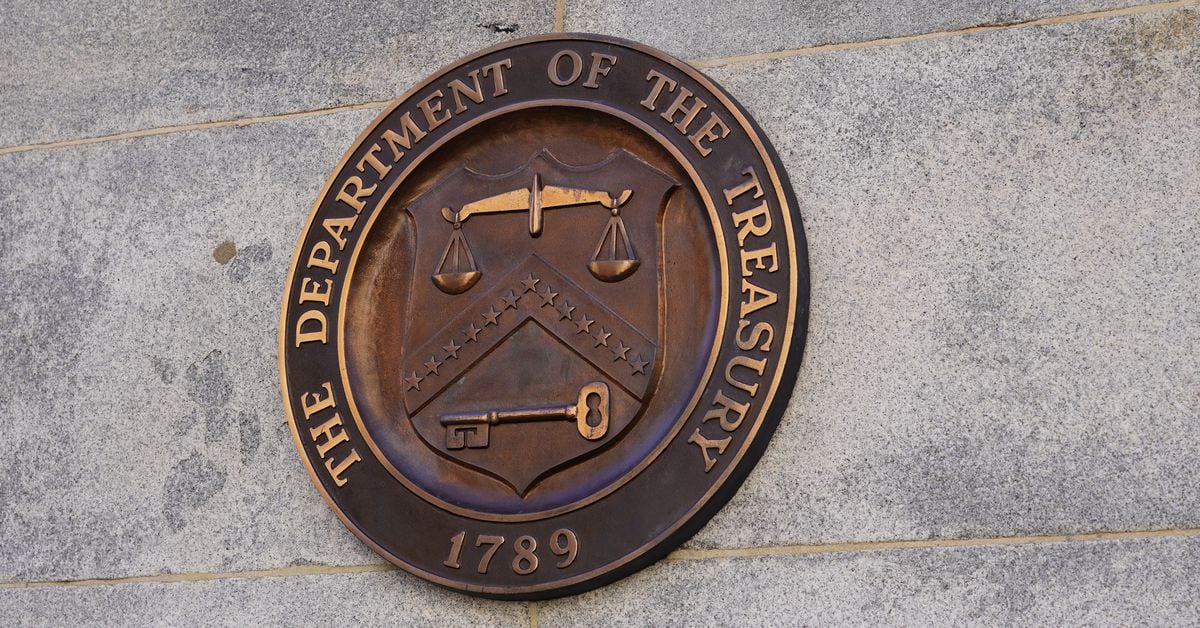Interview with Vikram Seth from Shell

Interview with Tom Lyons
We don’t typically associate companies like Shell with blockchain. How long has Shell been involved in this field?
Shell has had a blockchain team since 2016. We are one of the first energy companies to get involved in this space. We are founding members of the Energy Web Foundation and have chaired various blockchain initiatives in the energy sector. Shell has been engaged in exploring how blockchain and Web3 can be applied as solutions to a variety of challenges, particularly in the context of the energy transition to low-carbon and sustainable energy systems.
What was your original focus and how did it evolve?
Our focus initially started with improving existing processes. How can we use blockchain to do what we do better, cheaper, and faster? After that, we started exploring ways to leverage blockchain to enter new markets. And the third part is where we are now.
In the era of Web3, NFTs, Metaverse and DeFi, this third space is looking at new business models. You can explore and take advantage of new ways of doing things, new customer sources, and business opportunities never before possible.
Can you give an example of a new business model you are discussing?
Experience the energy transformation. We are witnessing a transition from centralized energy production to much more decentralized energy production. Economies of scale are generally very important when producing oil and gas. There are large oil and gas fields that require huge capital investments. In the energy transition, we are moving toward putting solar panels on everyone’s roof. We are also looking at electric vehicles that become energy storage devices and can be used for consumption as well as storage and dispatch.
This transition represents potentially significant scope for decentralization in terms of energy production. Another example is a large-scale national grid structure, where power transmission is primarily one-way, from power producers to power consumers. Now society is building a two-way system where “prosumers” can generate electricity and sell it to the grid.
While this decentralization is occurring in energy systems, a similar decentralization is occurring on the web. Therefore, Web3 and blockchain technologies can offer unique advantages for managing decentralized systems. We see these two shifts very tightly coupled.
Then comes the sustainability part. When a company makes a sustainability claim, it means, for example, informing markets, regulators and customers about the sources or carbon intensity of its energy products (chemicals, fuels or electronics). These claims must be substantiated through transparent verification.
Blockchain can provide customers with assurance that the products they buy come from renewable energy sources or that the carbon credit scheme they subscribe to represents the removal of carbon from the atmosphere and is not double counted. Blockchain can track renewable energy from its source to its consumption, providing customers with additional insight into its low-carbon properties.
Are you working on any specific projects in terms of sustainability?
yes. abelia, a platform to accelerate the adoption of sustainable aviation fuel (SAF), is one of our flagship projects and is all about these types of use cases. Avelia tracks when SAF is injected into the complex global jet fuel network and when SAF is consumed by airlines or corporate flyers. This allows buyers to claim use of the SAF they paid for, even if it is not physically available at a particular airport but has been burned elsewhere in the sky.
Avelia uses Energy Web Chain, an EVM-compatible public blockchain. Using a public blockchain is an important aspect. Because the philosophy within our team is to really focus on public verifiability to enable transparency and traceability.
We also have other projects and PoCs in this space. We strongly believe that leveraging the latest digital technologies, such as blockchain, will help accelerate the energy transition while ensuring trust in our sustainability claims and our customers.
What other projects are you working on?
Other recent major projects include: hawk, We co-developed and piloted it with Wipro.. Falcon is a platform for industrial supply chain management built on Wipro and launched on the Polygon chain.
Falcon essentially eliminates the need for physical paper tracking of heavy industrial equipment, making traceability and auditability difficult. Instead, Falcon uses digital product passports to make data more accessible and trustworthy.
We have also been working on traceability of sustainable chemical products. We ran two PoCs with two different players to show whether plastics are produced from bio-based sources or circular sources (recycling), distinguishing them from virgin plastics. Here we are using blockchain to provide traceability through every point in the supply chain, from material source to end customer.
You recently announced a collaboration with Gitcoin. What was the purpose there?
This initiative focuses on regenerative finance, or ReFi. ReFi is explicitly exploring how Web3 infrastructure and governance models can support a sustainable or renewable economy. This space is really in its infancy, and we were asking ourselves how we could partner and support startups building enabling solutions.
Our collaboration with Gitcoin came about because we love what Gitcoin does. This is a new funding approach that leverages the wisdom of the crowd to support projects across a range of sectors, including climate action. We felt that their approach was the most appropriate, given ReFi’s early stage of maturity.
Shell has provided grants to Gitcoin for four climate rounds, and projects can opt in if they wish to receive a portion of these funds. It is the community that decides which projects to fund and how much.
By the way, this is the first time Shell has collaborated with the DAO.
Switching to Ethereum, what are the most important developments you can see in the business Ethereum ecosystem today?
Ethereum’s major developments include the move away from proof-of-work and a switch to a proof-of-stake consensus mechanism, as well as the enterprise’s transition from a private blockchain to a public blockchain.
Initially, we did a lot of work using private chains. Naturally, we are focused on data security and privacy, so our initial efforts consisted of eliminating technical risks and demonstrating regulatory compliance. But our core pillars are traceability, trust and transparency. And it is very clear that this can only be delivered at scale through public blockchains. With solutions like zero-knowledge proofs, we can see greater ability to use public blockchains when necessary while maintaining the security and privacy of data.
Another benefit of using a public blockchain is the ability to gather a larger ecosystem of players. These ecosystems are much more likely to form around public, permissionless settings than private chains with walled gardens.
And when we talk about public blockchains, one thing that really stands out for Ethereum is the number of EVM-compatible chains. Not only does this create a larger ecosystem, but by definition it provides a degree of interoperability. That’s also a key thing for us to consider. Because when we apply Web3 to future decentralized energy systems, we want to ensure that different solutions can communicate with each other if we want to.
Vikram Seth He serves as Blockchain and Web3 Innovation Manager at Shell, playing a pivotal role in integrating blockchain and Web3 technologies into the energy sector. With over 10 years of experience in the industry, Vikram is committed to leveraging these technologies for global sustainable development. He has a particular focus on using DeFi, cryptocurrencies and NFTs in projects aimed at sustainable and renewable development.


